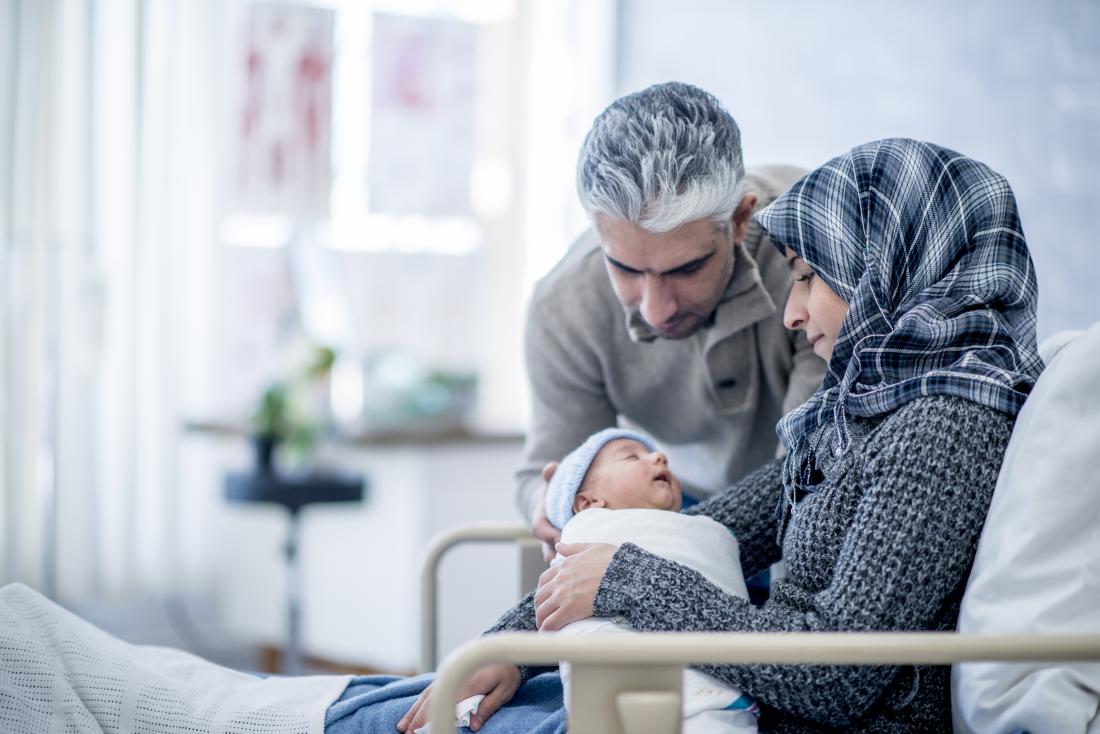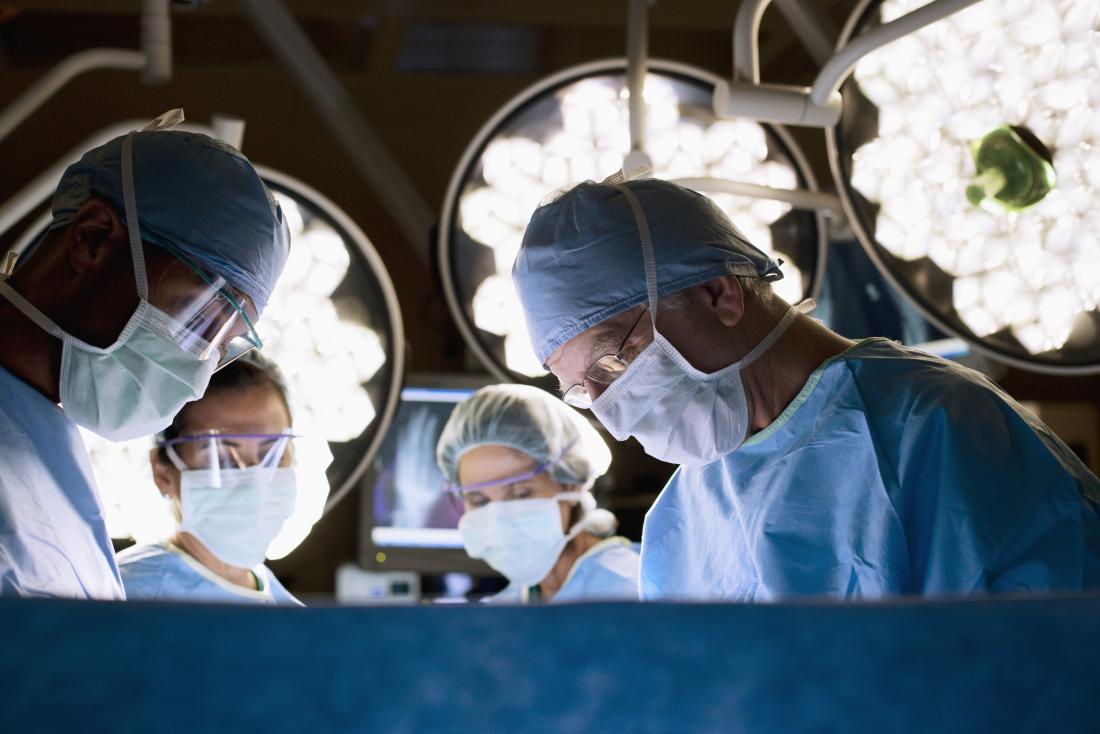What to know about rectovaginal endometriosis
Some suggest that rectovaginal endometriosis is one of the most severe forms of endometriosis. It can cause chronic pelvic pain and gastrointestinal problems, and it sometimes contributes to infertility.
The condition is a form of deep infiltrating endometriosis. Doctors classify it as endometriosis stage 4.
In this article, learn more about rectovaginal endometriosis, including its symptoms, risk factors, and diagnosis. We also cover the treatment options.
What is rectovaginal endometriosis?

Rectovaginal endometriosis can cause heavy periods, pain during sex, and infertility.
Rectovaginal endometriosis occurs when endometrial tissue attaches to the rectum, vagina, or areas between them. Rectovaginal endometriosis can affect areas such as the:
- vagina
- rectum
- recto-uterine pouch
- rectovaginal septum
- uterosacral ligaments
It can also interfere with bowel functioning, as well as close off a portion of the bowels.
The pieces of tissue that attach to areas outside of the uterus are called adhesions. This tissue is similar to the endometrium, which is the lining of the womb.
These adhesions can form large, painful growths that interfere with organ function. Some women may experience internal injuries that can cause infections and bleeding.
Doctors classify endometriosis into four stages depending on how severe it is and how much tissue has formed outside the uterus.
Rectovaginal endometriosis is stage 4, the most severe form. Some research suggests that it affects 3.8 –37 percent of people who have endometriosis.
Symptoms
Symptoms of endometriosis can include:
- heavy periods
- bleeding between periods
- severe cramps
- pain during sex
- bladder pain
- incontinence
- infertility
Women with rectovaginal endometriosis may experience these symptoms in addition to those above:
Not all those with rectovaginal endometriosis will experience symptoms. The severity of endometriosis symptoms does not necessarily indicate how severe the disease is.
Some people experience chronic pain with mild endometriosis, while others have only mild symptoms with severe rectovaginal endometriosis.
Causes

Having a cesarean delivery can increase the risk of rectovaginal endometriosis.
Usually, the endometrial tissue that lines the uterus sheds with each period. In endometriosis, however, pieces of endometrial tissue grow outside of the uterus to form adhesions.
The adhesions respond to hormones and may bleed, but they cannot exit the body as regular endometrial tissue can.
Adhesions can also stick organs and structures together. This can cause pain and other symptoms.
Doctors do not know why some people develop endometriosis. Endometriosis sometimes runs in families, suggesting that genetics may play a role.
Other factors that may play a role in rectovaginal endometriosis include:
- Retrograde menstrual flow. This happens when the tissue shed during a period flows backward through the fallopian tubes instead of out of the body.
- Autoimmune conditions. Normally, the immune system should locate and remove endometrial tissue outside of the uterus, leading some researchers to believe that immune system disorders may cause endometriosis.
- Traumatic injuries. Some research suggests that trauma to the uterus or nearby structures can move endometrial tissue and cause endometriosis. For example, women who have had cesarean deliveries are more likely to develop endometriosis.
- Hormones. Too much estrogen or a problem with the balance between estrogen and other hormones may also play a role in rectovaginal endometriosis.
Diagnosis
A doctor may suspect endometriosis if a person’s symptoms include pain, bloating, or irregular bleeding. They may ask about a person’s medical history or perform a pelvic exam to check for pain and unusual growths.
Some people do not discover that they have endometriosis until they visit a doctor for fertility issues.
Imaging tests such as ultrasounds can sometimes help a doctor locate endometrial adhesions. The only conclusive way to diagnose endometriosis is through laparoscopy. This is a type of surgery that allows a doctor to see inside the body.
If a person has rectovaginal endometriosis and other treatments do not alleviate their symptoms, a doctor may recommend surgery to remove the adhesions.
Management

Surgery is a common treatment for severe endometriosis.
There is no cure for rectovaginal endometriosis, but the right treatment can help manage symptoms.
Hormonal birth control pills contain progesterone, which can help prevent the accumulation of endometrial tissue.
Hormone treatments improve symptoms in about two-thirds of women with rectovaginal endometriosis.
However, hormones can cause unpleasant side effects such as bloating, headaches, and weight gain. Women who want to become pregnant should not use hormonal treatments, as they prevent pregnancy. When hormone treatments are not an option or are not providing relief from symptoms, surgery can help.
A specialist can perform laparoscopic surgery for endometriosis. This is a type of minimally invasive surgery that uses small incisions and a camera to see inside the body and remove the adhesions.
During surgery, a doctor can also look for other endometrial adhesions and assess the severity of the disease.
A person may need additional treatments to address any complications of endometriosis. For example, when endometriosis causes an intestinal obstruction, they may need antibiotics, intravenous fluids, or further surgery.
People who do not want to get pregnant may opt for a hysterectomy if other treatments fail. A hysterectomy removes the uterus, and a doctor may recommend removing the ovaries, as well.
Hysterectomies are not a cure for endometriosis, but they do relieve symptoms in some people. Others continue to have symptoms even after a hysterectomy, especially if the doctor does not remove all of the adhesions or if the ovaries are still intact.
Taking pain relievers can help with pelvic pain and other symptoms of endometriosis, but this will not treat the underlying cause.
Severe endometriosis often requires the surgical removal of adhesions to prevent serious complications.
Taking pain medication and hormones can help with some symptoms, but this may not be an effective long-term strategy for severe forms of endometriosis, such as rectovaginal endometriosis.
Outlook
Rectovaginal endometriosis is a chronic condition in which endometrial tissue forms adhesions outside of the uterus. This happens around the rectum, vagina, and the structures between them.
Surgery works well to remove adhesions and increase fertility. According to one 2013 study, surgery improves 70 percent of symptoms in people with rectovaginal endometriosis.
Even following successful surgery, however, symptoms can reappear. Many people take hormonal medications after surgery to slow down the development of new adhesions.
People with endometriosis or those think they might have it should work with a doctor who specializes in the condition.
Ongoing medical evaluation, a flexible treatment plan that meets a person’s needs, and a doctor who listens can help make endometriosis feel more manageable.





Comments are closed.